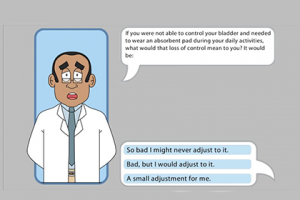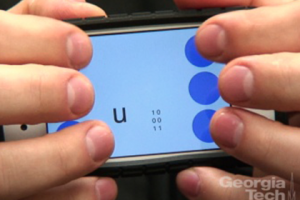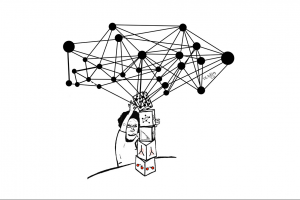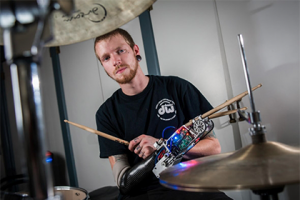|
This study employs gaming technologies and techniques to create an intelligent encapsulated conversational agent (ECA) to act as a virtual coach who will lower the cognitive effort required by prostate cancer patients to understand key aspects of decision-making, provide more appropriate reference points from which patients more accurately interpret personal risk, and frame information to optimize the patient's chances of applying his own preferences and values to the decision at hand.  |
Young adults are constantly stressed due to issues such as career transitions and relationship problems. There is research that shows nature can help us destress. But, we do not associate nature with urban cities and find ourselves deprived of nature. In this project, we explore personalized and context-aware design solutions to find and experience nature in urban cities better. The solution makes nature-based activities more accessible and easier to integrate into everyday life and provide a preventative approach to stress and anxiety by building daily habits for mental well-being. |
Business ecosystems are characterized by large, complex, and global networks of firms, often from many different market segments, all collaborating, partnering, and competing to create and deliver new products and services. Given the rapidly increasing scale, complexity, and rate of change of business ecosystems, as well as economic and competitive pressures, analysts are faced with the formidable task of quickly understanding the fundamental characteristics of these interfirm networks. |
|
|
This project explores lighting design and its effects on in-car human experience with an emphasis on comfort, through participatory design, VR prototypes, and usability evaluation. |
Prior research has produced mixed results regarding the usefulness of interactivity in multimedia learning. In this study, participants learned to solve part of a Rubik's Cube using either a tutorial with interactive features or a passive (video-based) tutorial. Participants with low spatial ability benefited more from interactivity than those with high ability, though no performance main effects were found between the tutorials. Targeted use of interactivity could be effective in engaging students and help them learn.  |
With an increase in families living away from their elder parents, technology companies are offering AI-based monitoring technologies as a cost-effective solution to look after the growing population of the elderly. I critique the design and use of such technologies as they aim to cater to any emergency 24*7, while disregarding the contextual nature of care and well-being needed for a better quality of life for the elderly. I argue for a situated approach to care, with a focus on ‘interdependence’ and as demanded by the needs of the elderly and the community in which they live. |
A Personal Digital Companion for Social and Independence Support of Individuals with Autism  |
|
Our research team is designing, piloting, and evaluating multiple scalable role play activities intended to help students in computer science classes (in-person and online) cultivate ethics-inclusive mindsets. |
People with severe motor disabilities such as ALS may not be able to move their facial muscles to communicate. This study is examining the salient features of facial expressions in order to create "emotional prosthetics" - ways for people with disabilities to express emotion. The resulting prosthetics will be controlled by voluntary and involuntary brain signals.  |
In this research, we explore how conversational agents, specifically the Google Home Hub, can empower dyads comprised of older adults with MCI and their care partners.  |
You are on a mission to foreign planets with the company of your captain. While landing on the planet in a transporter, you need to show hospitality to the alien representative with gestures since no translators to the alien culture are present. You need to mimic the gestures of the alien representative and establish a diplomatic relationship. |
|
Blood transfusions rates are steadily decreasing during the covid-19, and 18-24 is lowest represented population. Many college students have never donated because they are not wired to the banked blood shortage problem. Therefore, we are seeking design solutions to increase motivation to donate blood amongst eligible college students, aged 18-24, specifically focusing on those who have never donated before. |
Our goal is to improve the speech perception of individuals with mild cognitive impairment in a therapeutic facility through the design of the sound environment. Discerning speech is complex task that is an interplay between the receiver's cognitive and physical abilities and the quality of the sound signal. By understanding the unique difficulties that individuals with MCI face in discerning speech, we aim to design technologies embedded in the physical environment to improve the quality of the speech signal in the space. |
This project leverages the AI capabilities of LuminAI’s virtual agent to offer an engaging, interactive experience for senior adults that encourages physical exercise in order to lead to improved quality of life. Our version of LuminAI’s virtual agent helps senior adults follow along various types of exercises and personalizes their workout based on their needs. Using gesture-based tracking, LuminAI for Senior Adults also provides seniors with real-time feedback on the quality of their physical movements. The system consists of three modes that allow both individual and group workouts, thus pr |


